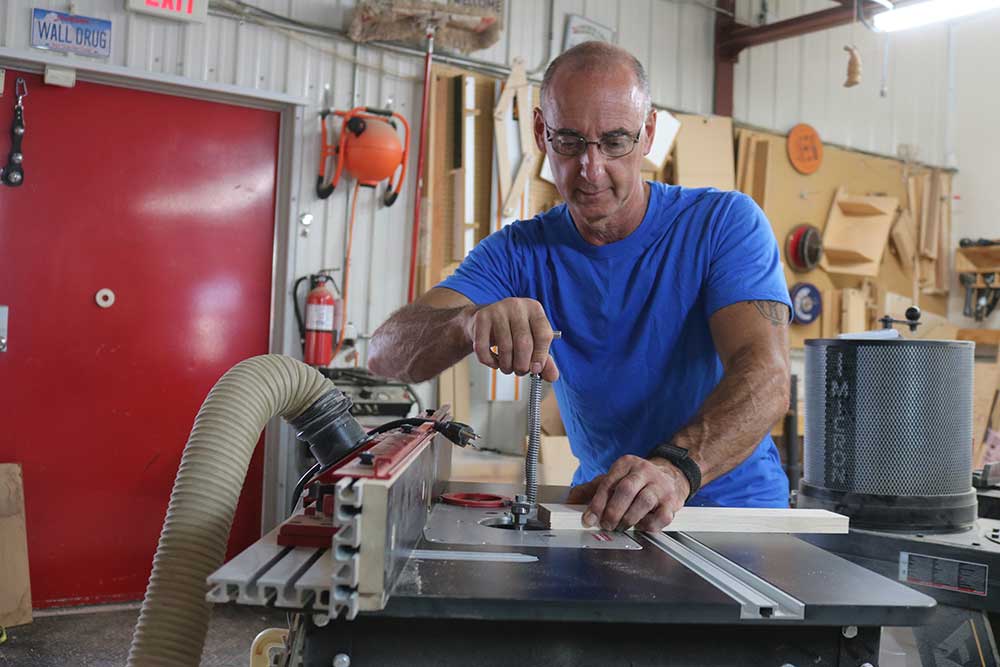
Design Considerations in Cabinet Making
George VondriskaDesigning your own cabinets can feel overwhelming, but there are a few straightforward design factors to consider that can help simplify the process. By becoming familiar with these elements and building a solid understanding of each, you'll be able to design with more efficiency and confidence.
George recently worked on a design project with Jimmy DiResta, and during their collaboration they discussed several key design considerations:
The wood grain plays a significant role in design, so it’s important to make intentional decisions about how to incorporate it for maximum effect. If you overlook the grain pattern and treat it as a non-issue, your piece may lack a cohesive flow and balance.
It’s essential to choose materials that suit the job. While solid materials are excellent for certain uses, other applications—like the large flat doors in this project—require materials that offer more stability.
An often-overlooked design detail is the alignment or reveal where two components meet. Aligning them flush creates a modern look, while a slight or more noticeable reveal can evoke a completely different style.
Consider the options for hardware like hinges and drawer slides, and think about the impact each option will have on both the functionality and visual appeal of the piece.
How your piece makes contact with the floor can influence its overall feel. Different lines can create a heavier or lighter aesthetic, and can set a modern or traditional tone.
Mastering these basic design principles will help you become a more effective and confident project designer.
